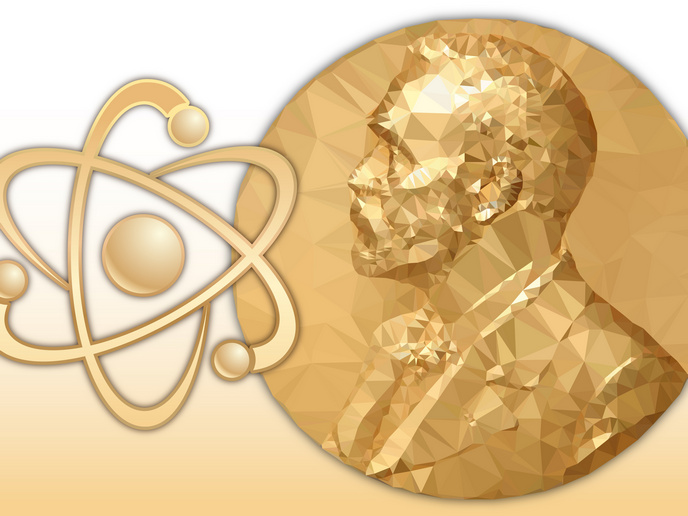2023 Physics Nobel awarded to two EU-funded researchers
EU-funded scientists Prof. Dr Krausz and Prof. L’Huillier have won the 2023 Nobel Prize in Physics “for experimental methods that generate attosecond pulses of light for the study of electron dynamics in matter”. They share the award with Pierre Agostini, a third laureate who is based in the United States (US). “Congratulations to this year’s laureates of the Nobel Prize in physics!” states European Commissioner for Innovation, Research, Culture, Education and Youth Iliana Ivanova in a news item posted on the European Research Council’s website. “I am really proud that the European Research Council has substantially funded these outstanding scientists in their revolutionary research. They have also been supported via numerous other EU research and innovation programmes, in particular Marie Skłodowska-Curie Actions. This showcases the importance of funding eminent researchers and giving them the resources they need to succeed in their scientific endeavours to the benefit of humankind.”
Capturing the most fleeting timescale
The Nobel laureates’ work focuses on studying the movement of electrons in atoms, molecules and matter in the condensed phase using attosecond spectroscopy. An attosecond, which is one quintillionth of a second, is the period of time in which the properties of an electron change. A true understanding of electrons is therefore only possible if we can study them at these timescales. Along with their US-based peer, Prof. Dr Krausz and Prof. L’Huillier have made this possible by demonstrating how to create pulses of light so short that they can be used to capture the rapid processes in which electrons move or change energy. Lund University Prof. L’Huillier’s work focuses on the interaction between short and intense laser pulses and atoms. Supported over the past 15 years through the EU-funded projects ALMA, PALP, CLIAS, SISCAN, QPAP and SICEP, her research has shed valuable light on the dynamics of electrons within atomic systems. Prof. L’Huillier’s discoveries in the field of ultrafast laser technology have also paved the way for further scientific and commercial opportunities in this field. Prof. Dr Krausz is a physicist at the Max Planck Institute of Quantum Optics and the Ludwig Maximilian University of Munich, Germany. For his research on 4D imaging of atomic and sub-atomic processes, he received EU backing through the 4D IMAGING project. He and his team succeeded in generating and measuring attosecond light pulses, which they used to capture the movement of electrons inside atoms. The laureates’ work has made it possible to study processes so rapid they used to be impossible to follow. Their discoveries have opened up opportunities for applications in many different areas, ranging from electronics to medical diagnostics. The projects ALMA (Attosecond Control of Light and Matter), PALP (Physics of Atoms with Attosecond Light Pulses), CLIAS (Measurement and Control of Light Fields for Application in Science and Technology), SISCAN (Single-shot dispersion-scan device for the characterization of ultrashort laser pulses) and 4D IMAGING (Towards 4D Imaging of Fundamental Processes on the Atomic and Sub-Atomic Scale) have ended. QPAP (Quantum Physics with Attosecond Pulses) and SICEP (Single-shot, high repetition rate detection of the Carrier-Envelope-Phase of ultrashort laser pulses) end in 2025. For more information, please see: ALMA project PALP project CLIAS project SISCAN project QPAP project SICEP project 4D IMAGING project
Keywords
ALMA, PALP, CLIAS, SISCAN, QPAP, SICEP, 4D IMAGING, Nobel, physics, pulse, light, attosecond, electron, atomic, atom



